The work aims at presenting a comprehensive, critical and comparative study of some important aspects of the early Indian administrative machinery like the King, the Queen, the Crown Prince, the Royal Chaplain, the Minister, the Sandhivigrahika, the Ambassador, the Judge, the Chief District Officer, the Spy and the Village Headman, Based on original sources, both literary and archaeological, indigenous and foreign, the present work partly fulfils the need of a systematic study of the problem from the Rgvedic period down to the thirteenth century AD. The book is divided into eleven chapters. Chapter I deal with the King who was the supreme head of the executive, the judicial, revenue and military departments of the government. Chapter II contains a detailed study of the Queen, who sometimes held a high status in the State, helping her husband in administration or governing the kingdom either in her own name or as a regent on behalf of minor rulers. Chapter III delineates the Crown Prince who often performed a great deal of administrative work and led the imperial army against external aggression. Chapter VI takes note of the office of the Royal Chaplain who, though he did not really form a part of the administrative machinery, must have exercised an enormous influence in the formulation and implementation of the State’s policies and programmes. In this way, other important officers, their mode of appointment and remuneration, duties and responsibilities and various others related problems have been critically studied in Chapters V to XI.
Aspects of Ancient Indian Administration
by K P. Ittaman
$21.60
$24.00
In stock
Free & Quick Delivery Worldwide
All orders amounting to US$ 50 or more qualify for Free Delivery Worldwide. For orders less than US$ 50, we offer Standard Delivery at $14 per book.
ABOUT THE AUTHOR K P. Ittaman
Kapila Vatsyayan artist and art historian is internationally acknowledged as the pioneer of evolving alternate models of research for establishing inter and intra-relationship of different domains of knowledge and creativity. Her own work moves from a deep understanding of the primary textual sources of the East and West, principally Sanskrit and English, and a direct experience of the arts as performer. It focuses attention on the inter relationship of the concept and creative interpretation in architecture, sculpture, painting, music, and dance. The kinetic image enables her to delve deeper into the textual and oral sources and the fundamental metaphysics which govern form and structure of the arts. She has convincingly drawn attention to the sacred geometry which pervades all the Indian arts. As visualiser of the conceptual plan of the Indira Gandhi National Centre for the Arts, she leaps across many disciplines, questions the conventional boundaries and finally establishes several bridges of communication between traditional thought and modern science. This has resulted in many multi-disciplinary studies of space and time, nature and culture, man and society, chaos and order. Her holistic integral vision is explicit in the volumes she has edited on these subjects. Her first work, Classical Indian Dance in Literature and the Arts, is a milestone by experts the world over. This work was followed by many others including the definitive study of Dance in Indian Painting, The Theoretical Basis of Asian Aesthetic Traditions; Traditional Indian Theatre: Multiple Streams; six volumes on Gita Govinda; Bharata and the Natyasastra; and the Square and the Circle of the Indian Arts. She has edited the volumes on Concepts of Space: Ancient and Modern and Concepts of Time: Ancient and Modern published by the Indira Gandhi National Centre for the Arts, New Delhi.
reviews
0 in total
Review by Anonymous
Be the first to review “Aspects of Ancient Indian Administration” Cancel reply
You must be logged in to post a review.
Bibliographic information
Title
Aspects of Ancient Indian Administration
Author
Edition
1st ed.
Publisher
Abhinav Publications, 2007
ISBN
8170170982
Length
371p.
Subjects

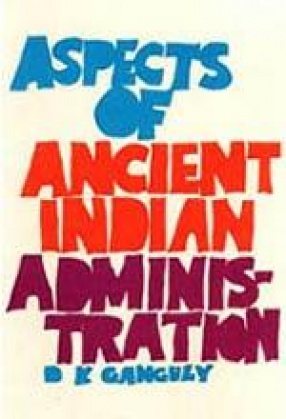
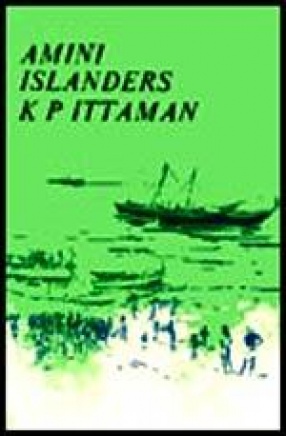
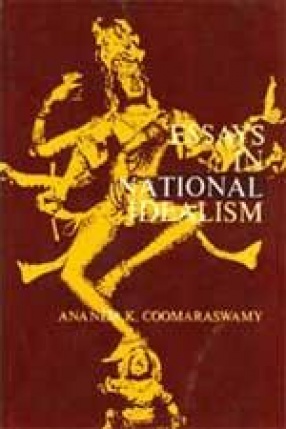
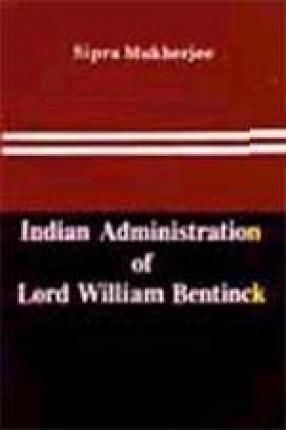
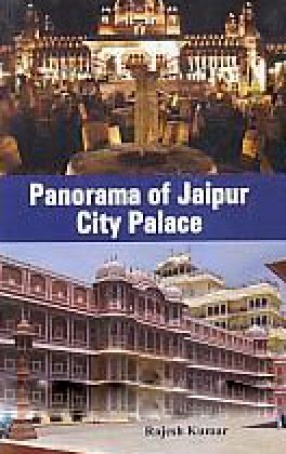
There are no reviews yet.